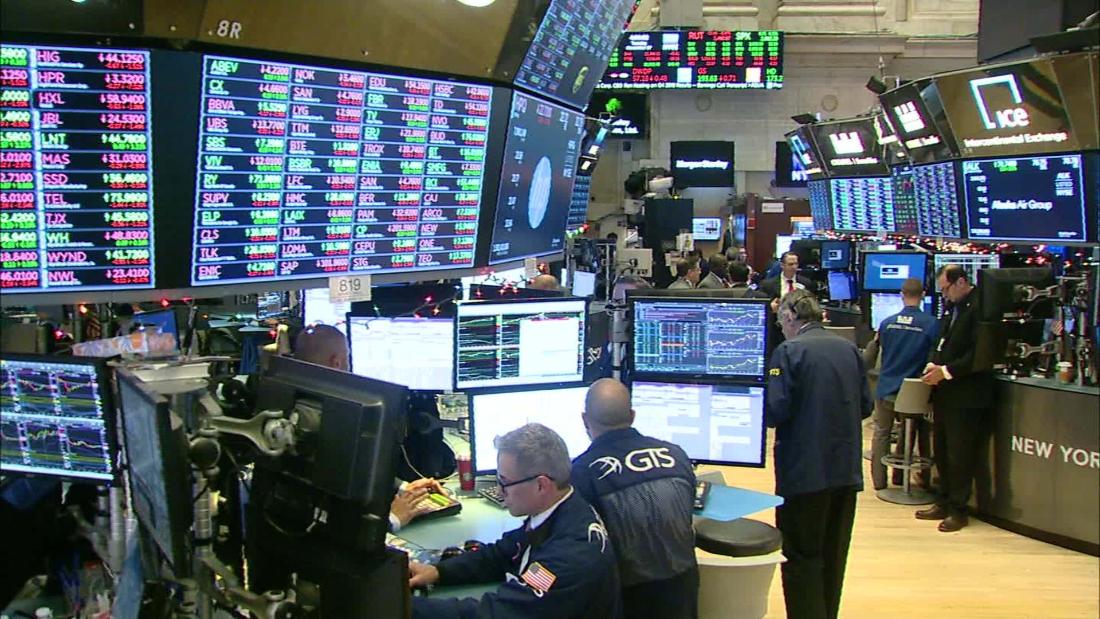
But wealth advisers suggest investors keep calm, fine tune their investment strategy and look for opportunities.
"Though 2018 was a down year, we're telling investors not to worry," says Joseph Weber, an accredited asset management specialist at Integrated Financial Solutions. "We acknowledge concerns over the trade 'tiff' with China and the worriedness the Fed is bringing, but a lot of things are pointing upward," he says.
Strong job reports continue, oil is under $50 a barrel, and people should continue to see the benefit of the tax reduction going into the first quarter, he points out. "Market fundamentals are still strong, all things that point to a great 2019."
But there are movements in the market that would be foolish to ignore.
"I'm not sure anyone without speculation could provide an accurate assessment on the temperature of the 2019 market," says Noah Schwartz, certified financial planner with Blueprint Financial Strategies. "What is indicative though is year-over-year, the market is down, and that's a great indicator of things moving forward. Markets tend to move in trends, and right now by almost any measure, we are trending down."
Here are some ways to make the most of the current market.
Find opportunities
"The volatility and the pullback of the last three months have created enormous opportunities for investors with longer time horizons," says Dale Wong, president at Missio Investment Management.
It's not uncommon for the negative emotion to spill over and hurt the stock price of solid companies with earnings growth, he says.
"Long-term investors should be seeking those companies with great businesses and strong management that will outperform the rest of the market over the next three to five years."
Reassess your investment goals
Investors need to figure out how — or even if — the pullback has any impact on their long-term plans, says Sean Gillespie, financial planner with Redeployment Wealth Strategies. Only if the answer to 'if' is 'yes' should they even be thinking about making any modifications.
He suggests being clear about the difference between saving (for short-term things) and investing (for the long-term), and planning accordingly.
"If anything in your portfolio is intended to be spent in the next two or three years, it most likely doesn't belong anywhere near the stock market in the first place."
For example, if you're in retirement, a minimum of your next two years' retirement income should be allocated to something that looks a whole lot like cash, Gillespie says. Same thing goes for anything else set aside for the next few years.
Revisit your risk tolerance
Even if you have long-term goals, it's not easy to ride out a downturn in the stock market. How much you can stand is a personal decision.
"Revisit your risk tolerance and make sure you have the right mix between stocks and bonds," says Robert Stromberg, certified financial planner with Mountain River Financial.
Within your equity portfolio, he suggests, diversifying investments across the US, international developed and emerging markets. "Pick a percentage allocation to each and rebalance annually to those target percentage allocations as they drift over the years."
He also suggests adopting a value tilt in your stock portfolio.
"Growth stocks have outperformed value recently but value has historically, and repeatedly, outperformed growth over long time frames."
"My advice is to turn off the TV, close the paper and do nothing at all," says Charlie Horonzy, certified financial planner and a certified public accountant at Focused Up Financial.
Sure, he says, 2008 was a horrible year. But even those who did nothing were handsomely rewarded with the market coming back from 2009 to today — a nearly decade-long bull run.
Of course, how comfortably you are sitting tight depends on your age. Those nearing retirement or on a fixed-income may have more urgent needs. But by settling into a solid long-term investment plan, over time you're likely to see a positive return.
"On average, the return on the market is 10%," Horonzy says. "One of the worst things to do is try to time the market and make certain moves. If you go this route, you then have to ask yourself not only when to get out but when to come back in. If you got out in 2009 and didn't get back in, you missed this whole bull market."
Bagikan Berita Ini















0 Response to "How to develop (and stick with) your 2019 investment strategy"
Post a Comment